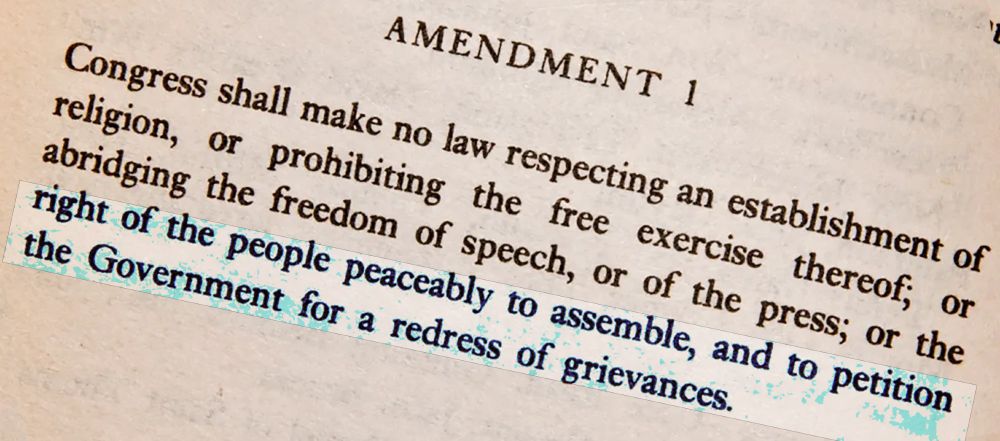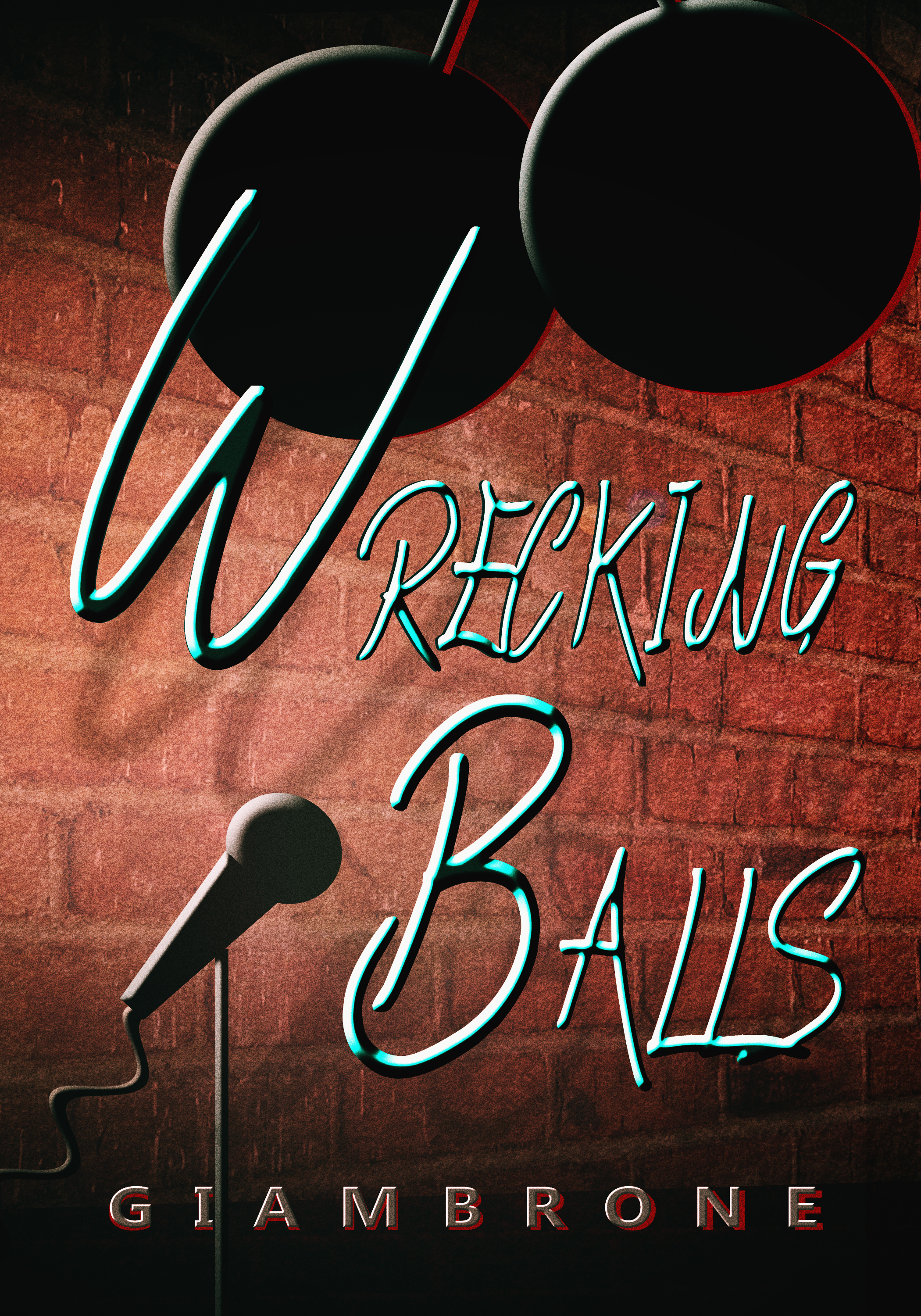by Joe Giambrone
(Article is from May 2013, and newer camera models release constantly. The principles remain the same.)
So you’re confused by all the choices, and you don’t know what they really all entail? Differences in cameras may not seem all that important, until you look carefully, as audiences tend to do when the image is thirty feet tall.
A Little How-To
Note: Images were grabbed from the net to illustrate the points in the text. Don’t’ take them as the end-all. As any cinematographer who cashes checks will likely say: “Test.”
Section One: People With Bucks
Okay film, glorious 35mm Kodak or Fuji filmstock. Here’s why:
Inception used 35mm + 65mm Kodak Vision3 250D 5207, Vision3 500T 5219 
Promised Land used 35mm Fuji Super F-64D 8522, Eterna Vivid 250D 8546, Eterna Vivid 500T 8547
The Wrestler used 16 mm Kodak Vision2 200T 7217, Vision3 500T 7219 
All-time favorite film stock
35 mm, Eastman EXR 500T 5298
Rolling film is expensive, and sometimes the directing style dictates lots of footage, always running improvisation. Digital can be more amenable to that situation.
Dynamic range is important for capturing smoothly rolled off highlights, before they overexpose to pure white. This single factor is perhaps the most crucial ingredient for achieving a digital camera look that mimics real film. Kodak Vision 3 is rated at 13 stops according to the company. Every F stop of dynamic range doubles the amount of light captured. Thus, a digital camera with more dynamic range requires a lot more data storage as well as a sensor that is capable of capturing such high contrast of light in the first place.
A unique characteristic of film is the grain structure in the crystals, which comprise the image. This grain also helps soften the areas of pure whiteness that occur when a part of a negative is blown out to overexposure. Grain adds a subtle texture to the frames as they flow by at 24 frames per second, which is often lacking in digital footage. Grain is sometimes mimicked to make digital footage look more like film, but it seldom achieves the total look of actual film, which responds uniquely to light that hits the various layers of emulsion. Grain can also be too heavy in the case of low-light or underexposed film. For low-light night shooting, a digital camera with a more sensitive sensor may make more sense.
Film grain also changes depending upon the size of the negative, as an 8mm image blown up to the same size as a 35mm image would show magnified grains. A happy medium is 16mm, with 4 times the resolution of 8mm. Well shot 16mm film provides a medium level of grain to the image consistent with crime and grindhouse horror cinema. For example, The Walking Dead series has been captured on 16mm Kodak film (7219).
Click and zoom in to see the grain 
Top-Tier Digital Cinema Cameras
These can be rented by the day, week or longer.
Currently there are only a handful of top notch digital systems in wide use making movies. The most notable ones are the Arri Alexa, the Sony F65 and the Red Epic. These and other companies are in heated competition to supply the next generation of cinema cameras to Hollywood and to the global film industry.
Why these?
- Dynamic Range
- High Resolution
- High Image Data: Uncompressed / Low Compression
- High Frame Rates (Slow Motion)
Dynamic Range (DR)
DR has proven to be difficult to achieve until recently. Sensor technology is advancing quickly now, and breakthroughs come all the time. Computer bandwidth has also increased exponentially, so that modern PCs can handle all that captured image data.
Red Epic has been the camera in this group with the lowest measured dynamic range, somewhere between 12 and 13 stops in tests I have seen. This is visible in blown out bright areas in some Red acquired films, as with bright, daytime sunlit windows. The Alexa is the current leader with 14.3 stops, and Sony claims that F65 measures 14 stops. Red is currently developing a new “Dragon” sensor that will overtake the competition, claiming 15-17 stops, although their sensor upgrade has not been finalized, or verified by outside sources.
A note on mitigation with difficult lighting setups–
Even mediocre DR cameras can be brought into good use if the lighting is expertly controlled. This means putting in the effort to hang neutral density gels on windows that are flaring out to white. It means lighting up the room sufficiently to compete with the sun. It can be as simple as shades or curtains to knock that competing light source down. It can be done with VFX and a green screen outside the window. It can be done in a simulated car ride that never moves out of a garage, with replaced exteriors through the car’s windows. And with butterfly nets overhead to knock down the glare on the actors. There are many ways to control the lighting and getting a knowledgeable DP is job one for any director. The better they are the less you’ll need to keep reading…
Girl With the Dragon Tattoo used Red Epic
Resolution
A Super 35mm film negative has been measured to produce about 3.2k of resolution, that number being the horizontal pixel measurement of an equivalent digital image. Current camera systems shoot from about 2k resolution, all the way up to 5k in the case of the Red Epic (update: the Dragon version goes to 6k). The Alexa produces a 2.8k image and the F65 a 4k image.
This factor tends to be overblown, and audiences sitting at typical movie watching distances from the screen would find it impossible to tell the difference. The resolution of analog film projectors has been measured at only about 800-900 line pairs. This was the standard mode of delivery for many decades prior to digital projectors.
The 2013 Oscar for Best Cinematography went to Skyfall, camera: Arri Alexa. This is the lowest resolution of the three named so far. Alexa has an impressive list of feature films to its credit and is preferred by many cinematographers for the color characteristics and dynamic range of its sensor.
High Image Data
A major factor that separates the consumers from the pros is the amount of light and color data that the cameras actually capture.
Bits, bytes and formats actually do matter here. Intense research and development has helped the high-end camera systems win out over the highly compressed DSLR type cameras and camcorders.
Eight bits of color doesn’t cut it. If your image is captured by an 8 bit codec, that means you get 256 levels of light per color (Red, Green, Blue) that comprise the pixels you see.
- 8 bit – 256 levels
- 9 bit – 512 levels
- 10 bit – 1024 levels
- 12 bit – 4096 levels
- 14 bit – 16384 levels
- 16 bit – 65536 levels
Logarithmic codecs work better to compress a higher amount of information into the same size file. Therefore camera manufacturers are pursuing log formats as options on their higher-end cameras to squeeze more and more color data into the files used in post-production.
RAW image data is directly taken from the camera’s sensor with no manipulation or compression at all. This can produce such massive files that some type of compression scheme is usually desired for the RAW data, hopefully not impacting the image quality. RAW is useful because any effects that a camera can perform (sharpening, gamma correction, color balance) can be performed better by an editing or color correction software after the fact, thus giving more flexibility and leeway to alter the look of the final image.
High Frame Rates
This one is straight forward. If your final delivery is the standard 24 frames per second (fps), then shooting at 48fps would be half speed slow motion. At 72fps it would be 1/3 the speed. The Phantom camera shoots over 1,000fps with newer versions even dwarfing that. The Phantom can be rented by the day for specialty shots, as during the opening titles of Zombieland.
Sony F65 shoots up to 120fps. Alexa up to 120fps, but some versions may limit to 60fps so ask the dealer. Red Epic wins here with 120fps at 5k and 150fps at 4k plus 200fps at 3k, maxing out at 300fps at 2k of resolution.
People Without Bucks
“We’re not your classic heroes. We’re not the favorites. We’re the other guys.”
–Mystery Men
It’s troll ninjas vs. fanboys out in the trenches when it comes to cameras. So who are you going to believe?
I know which camera I want. That’s no secret, with 13 stops of DR just like real film. Hint. But of course some cameras excel in some areas but not in others. The BMC Cinema Camera makes gorgeous images in RAW format with higher DR than the current Red Epic! But it can’t do slow motion and the file storage space required is ginormous.
More relevant to a lot of low-budget directors is if they can handhold the camera and run around town in long documentary style shots, or perhaps they are shooting an actual documentary. What then? This can be done with almost any camera given enough stability, like a Steadicam… but–
In my anything but humble opinion, it all comes down to these factors (if we’re ignoring dynamic range that is, which I don’t actually do): global shutter vs. rolling shutter, and slow-motion capabilities.
What’s rolling shutter?
That’s pretty easy to understand.
A rolling shutter reads the image line by line, starting at the top and then progressing down to the bottom. Unfortunately by the time it gets to the bottom the light in front of the sensor may have moved, and so a very weird skew or Jello can be captured. This can sometimes ruin shots completely. CMOS sensors have tended to have rolling shutters, and therefore holding them without camera support has been highly problematic. This includes DSLRs like Canon 5D, Panasonic AF-100, Sony, Nikon, even BMC and Red MX sensors.
The alternative shutter read out is global shutter, where the whole image is captured simultaneously and no lag time can enter the process. The current high-end cams mentioned all use some variation of the rolling shutter, but the manufacturers are looking for ways to improve it. The more expensive cameras tend to have faster read times off the sensor to minimize the Jello effects. Mechanical add on shutters are also a possibility.
Global Shutter
But more manufacturers are choosing new sensors that eliminate the issue entirely and give an even more film-like appearance to their footage. Sony’s F55, the little brother, recently released with a global shutter sensor. The upcoming Blackmagic BMC 4K camera also features a global shutter. Other offerings from Ikonoscope and Digital Bolex promised this, but those brands have not taken off nor been embraced by buyers.
Slow Motion
The NEXFS700 ($9k) will do north of 900fps, with 480fps looking pretty usable for a professional application.
For real no-budget guerrilla slow motion, the new GoPro Hero 3 Black Edition rolls 100fps at 720p resolution (1.2k).
Low Light Sensitivity
Some people obsess over this, but I don’t think real movies are shot by the light of a candle or two. (Update: Check out the new Sony A7S) If you’re shooting a film, you’re going to need to light your scenes. Low light performance can work wonders though, as can really fast lenses which simply gather more light (lower F stop/T stop numbers, ex. f/0.95). Another recent development is something called a “Speed Booster” by Metabones. These adapters can take a lens designed for a larger sensor camera, such as full frame, and focus the light on a smaller image circle for the smaller sensor cameras, such as M4/3 size. This gains an f-stop, essentially doubling the light intensity.
But no one should be shooting a film without considering the lighting they are going to need to bring the images to life.
Sir Hackalot
I flirted with the idea of a hacked Panasonic GH-2 or GH-3, as these enabled much lower compression ratios, meaning much larger files with more image data. These firmware hacks greatly improved the images above the factory standard settings. Today they even have a hack for Canon cameras, supposedly enabling RAW image capture and higher motion resolutions. This is voodoo, and probably not recommended in a critical situation where money is on the line. Time is money on a film set.
Can you shoot a movie on an IPhone? Yes, it’s been done.
A truly great film was shot on a DV camcorder (Sony PC-7E) with 720×576 resolution. That was 1998.
Shane Hulbert went overboard with Canon 5D-MK2s to shoot “Act of Valor,” which I thought looked pretty bad in comparison to other films. Hulbert also used massive experimental software systems to try and undo all the damage the compression had inflicted on the images in camera. That sort of tinkering does not appeal to me.
Concluding
I’m firmly behind maximizing image quality, as the expense, time, sweat and tears put into a real movie, a feature movie, are too great to compromise the most important part of the whole experience – the movie itself. That means camera, lenses, lights, stability, color grading… come to think of it a hell of a lot of work. And the competition isn’t getting any easier. They’ve got middle-schoolers now that shoot like Spielberg. I’ve seen them at the local festival. It’s madness.
So I hope this bit of perspective helps you choose well.
“Sub-creatures! Gozer the Gozerian, Gozer the Destructor, Volguus Zildrohar, the Traveller has come! Choose and perish!”
Read something for FREE?
Consider Tipping the Writer, any amount.
BONUS UPDATES!
2017 – Study of resolution, pixels, compression, and other aspects of image
Red Dragon sensor has been in beta testing, and it is remarkable (soon to be available).
Sample videos:
Plus the Blackmagic Cameras are unleashed and performing well beyond their prices. This should tell you all you need to know:
Plus:
The Digital Bolex D16 is also a new option.
Plus-Plus:
See all our posts on FILMMAKING.
Copyright 2013, Joe Giambrone. Article may NOT be reposted without permission. Post a link back to original.































What do you people want to see in a follow up article?
Great article!
“The BMC Cinema Camera makes gorgeous images in RAW format”
– true
” with higher DR than the current Red Epic!”
– bulshit
Not bullshit. Sometimes the truth hurts (when one has spent more than $35,000).
Ryan Walters: Some Like It RAW – Part 03: Overexposure
[…] Directors: How to Choose a Cam… on Political Film Blog […]
[…] […]
[…] Directors: How to Choose a Camera System […]